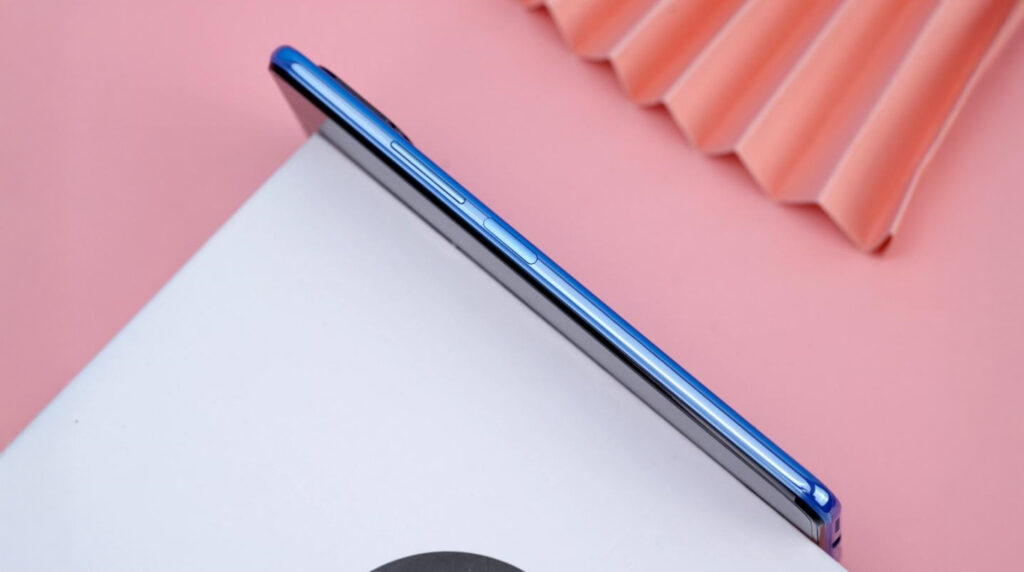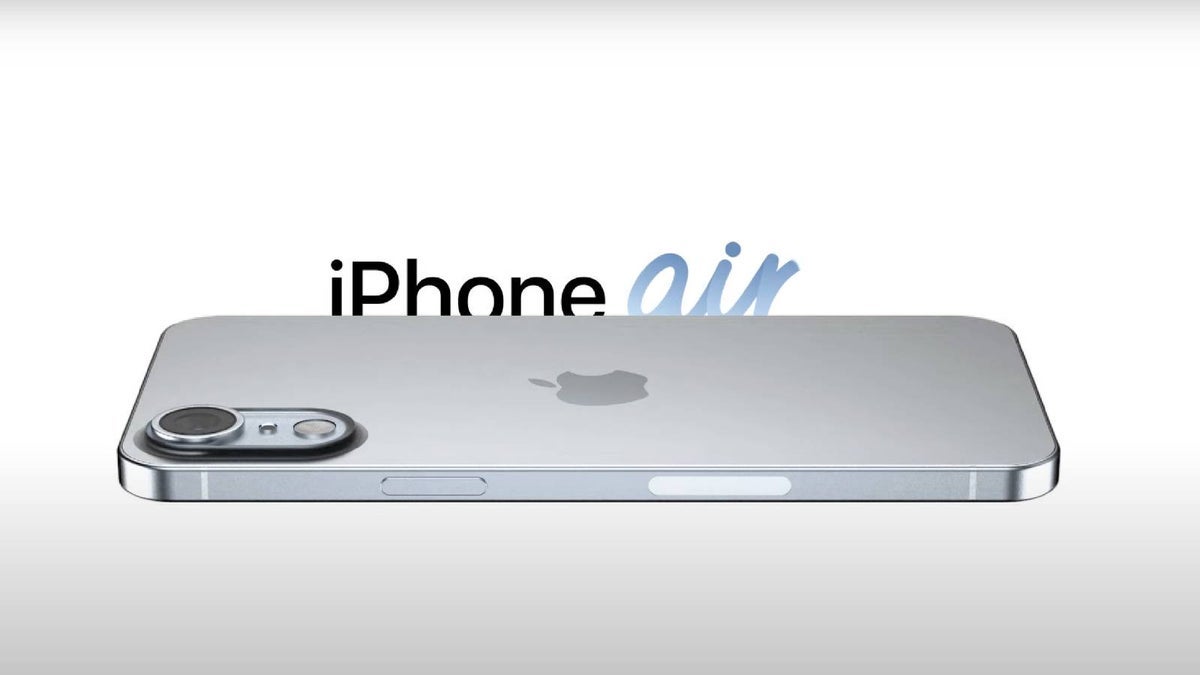While smartphones are getting more powerful, it’s a shame the trend lately seems to increase their sizes a bit-more-than-easily held devices. To this date, many still want sleek and feather-like feel designs. Xiaomi has by far traditionally been one of those ‘go-to’ brands just for its slim and light model smartphones-like the Xiaomi 11 Lite that out of nowhere scored the goals for thinness.
But as even Xiaomi’s most design-oriented lineup, the Civi series, gradually grew in thickness, a natural question could be: Will Xiaomi ever step back into the “ultra-thin” smartphone race in 2025 to give rivals like Samsung and Apple a run for their money?
Samsung and Apple: Reviving the Ultra-Thin Smartphone Race
The leakster, @Ice Universe, reports that Samsung is about to release a Galaxy S25 Slim, an “ultra-thin phone” he estimates will come in with a thickness of 6.x mm and boasting a display size of 6.66 inches. This smartphone is intended to go into direct combat with the Apple iPhone 17 Air that looks to be coming in as thin as 6 millimeters, analyst projections indicate. It looks like both brands are rebooting the whole ultra-thin flagship phone category for users who value portability and aesthetics over battery size or camera modules. Noticeably:
- The Galaxy S25 Slim is said to feature a 200MP main camera, even outdoing the regular Galaxy S25 for photography.
- The iPhone 17 Air is supposed to introduce Apple’s very first in-house 5G baseband along with a 48MP single-camera setup that’s all about minimalism and efficiency.
Xiaomi’s Legacy of Ultra-Thin Devices
Xaiomi has shown earlier that it can make devices slim and light:
- The Xiaomi 11 Lite weighed just 157g with a thickness of 6.8mm, making it one of the slimmest Android devices in recent memory.
- The Xiaomi Civi series was for the fashion-oriented with its slim profile; however, more recent models have started ballooning up for larger batteries and improved cameras.
Despite these achievements, in recent years, Xiaomi has not actively developed this niche of “ultra-thin flagships.” Instead, the brand has focused on performance and innovation with models such as the Xiaomi 13 and Xiaomi 14.
Why Xiaomi Should Consider an Ultra-thin Flagship in the Year 2025
With Samsung and Apple targeting the ultra-thin market, this could be an opportunity for Xiaomi to differentiate itself with an elegant yet affordable alternative. Here’s why Xiaomi should consider launching an ultra-thin flagship:
- Consumer Demand for Lightweight Devices What most consumers want is portability and comfort, especially for daily use. A slim gadget appeals to those who have gotten tired of the heavy, big smartphones common in the market.
- Design Leadership: Xiaomi has been known for making bold moves in design. The resurrection of the ultra-thin concept could reinforce its reputation as an innovator, especially in markets like China and Europe where aesthetics play a crucial role in purchasing decisions.
- Competitive Advantage: While Apple and Samsung are focused on ultra-thin designs, Xiaomi can tap into the same consumer base but undercut those premium prices-a strategy it has perfected over the years.
- Technological Feasibility: Advances in battery technology, chipsets, and materials make it possible to make devices slim without sacrificing performance. Xiaomi is capable of optimizing components to an extent that this might just be true.
Challenges for Xiaomi
- Battery Life: Slim devices usually compromise on battery capacity, which is a trade-off that may not augur well with power users.
- Camera Modules: Modern flagship cameras, especially periscope lenses, take up more and more space, making any ultra-thin design tricky without concessions.
- Cost: Ultra-thin designs could be more expensive to produce because of the need for custom components and advanced materials.
Xiaomi’s Slim Future?
With the ultra-thin flagship race heating up, Xiaomi had the expertise and market lead to make a serious comeback within this niche. Building upon improvements in material research and structure design, Xiaomi might quite easily come out with such a device to counterweight the Samsung Galaxy S25 Slim and the iPhone 17 Air by offering value over them. That may suggest that a possible “Xiaomi 15 Lite Slim” or “Xiaomi Civi Slim” could go just fine with both fashion-conscious users and those who remember lightweight phones with nostalgia. The pace of change is so tremendous in the smartphone space that 2025 might just be able to witness Xiaomi rebooting what ‘Slim’ means in the Android universe.


 Emir Bardakçı
Emir Bardakçı




